Common Rotuman Phrases Part Two
Common Rotuman Phrases Part Two
Learning Common Rotuman Phrases allows you to become familiar with the Rotuman language and how it is pronounced. In Part 2 of our “Common Rotuman Phrases’ video series, we bring 10 more phrases that you can use everyday!
Incorporate phrases like ‘Terån leleit’ which means ‘have a nice day’ or ‘‘Oaf pḁu pō la hḁipōag ma ‘äe’ which means ‘pleased to meet you’ into your everyday conversations.
At Pacific Learners, we are pleased to release the Rotuman Language Resource Page, this allows you to keep up the learning with more Rotuman Language videos and images. With only 15,000 Rotuman Language speakers in the world, take the time to build upon common words to incorporating common phrases.
5 Common Rotuman Phrases you will learn – Part Two
1. Please to meet you, in Rotuman
‘Oaf pḁu pō la hḁipōag ma ‘äe
2. It’s time for bed ! , in Rotuman
Av la mose
3. Thankyou !, in Rotuman
Fḁiåkse‘ea
4. How much is this ?, in Rotuman
Ka hisi tӧg ne tē te‘is?
5. I speak a little Rotuman, in Rotuman
Gou pō la fäeag Rotuḁm mea‘mea‘
For more Rotuman Language videos check out the links below:
- Common Rotuman Words – Learn 20 commonly used Rotuman words like ‘Please, Hungry, Yes, No’ and many more
- Common Rotuman Phrases Part 1 – Learn 20 commonly used Rotuman Phrase like, ‘How are you ?, What is your name ? and many more

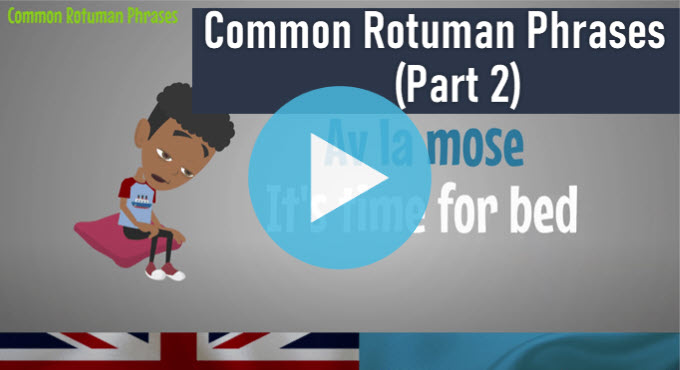
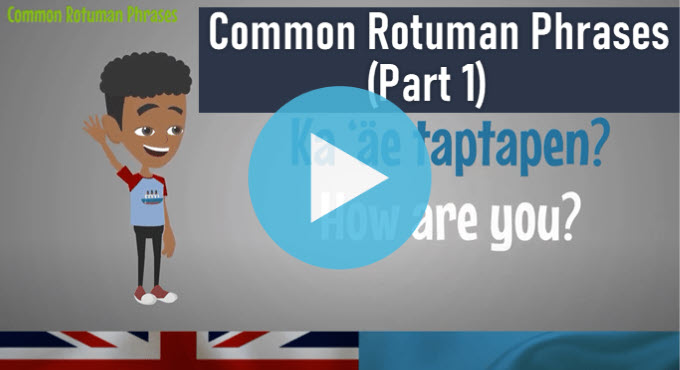
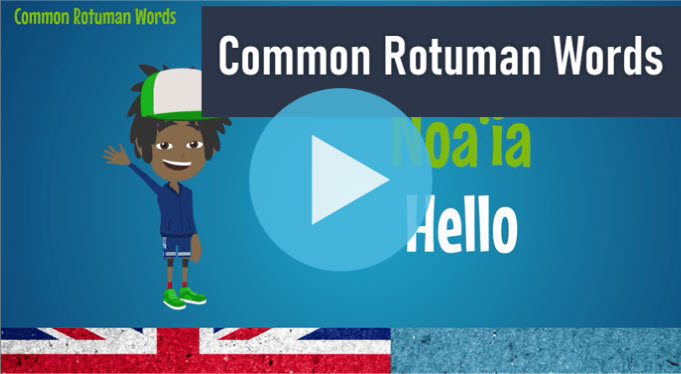
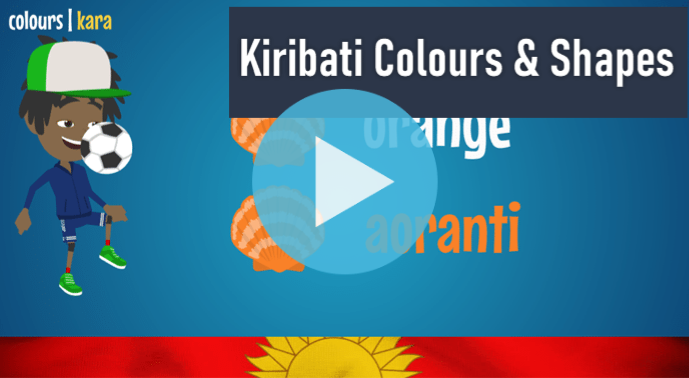
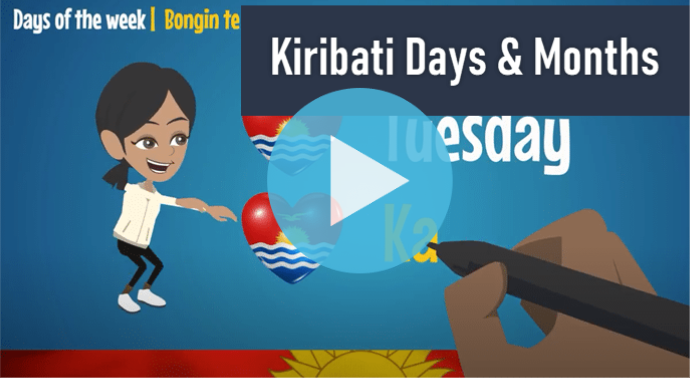

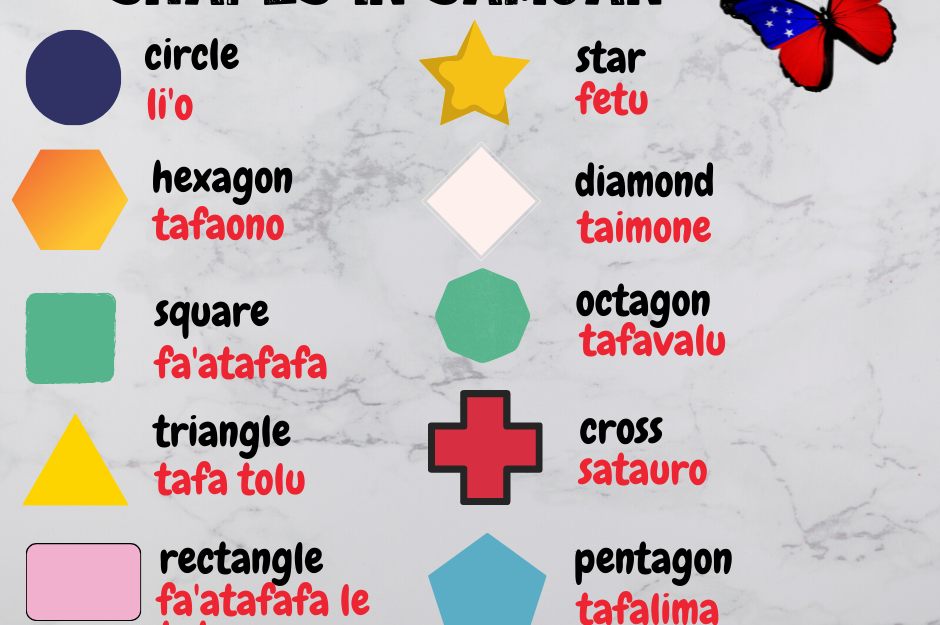
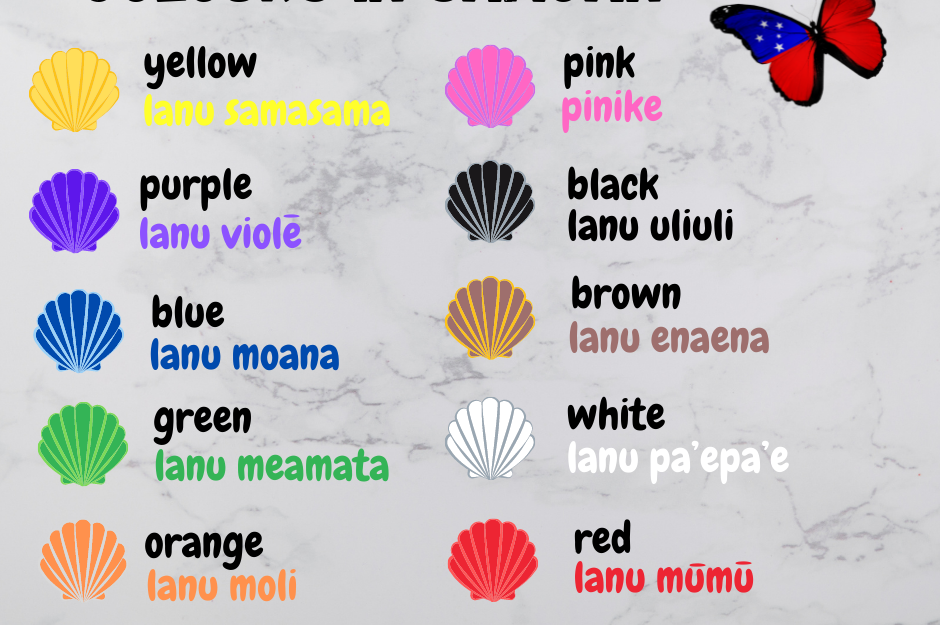
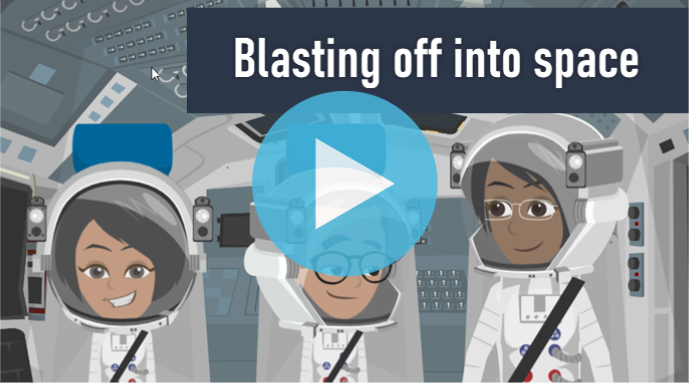
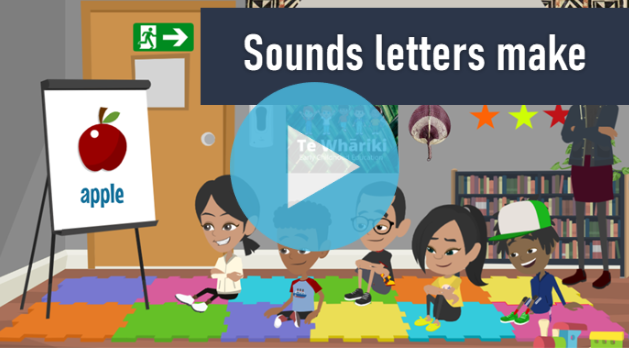
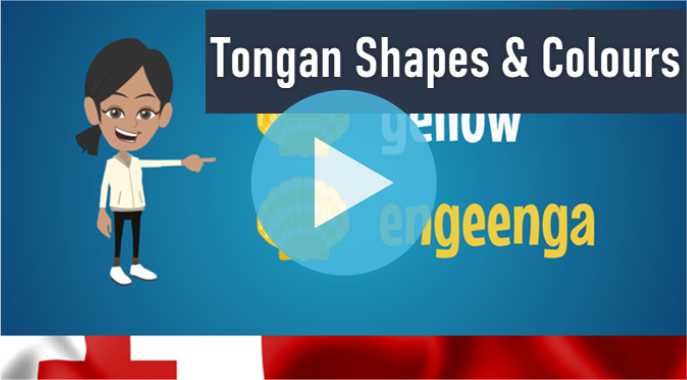
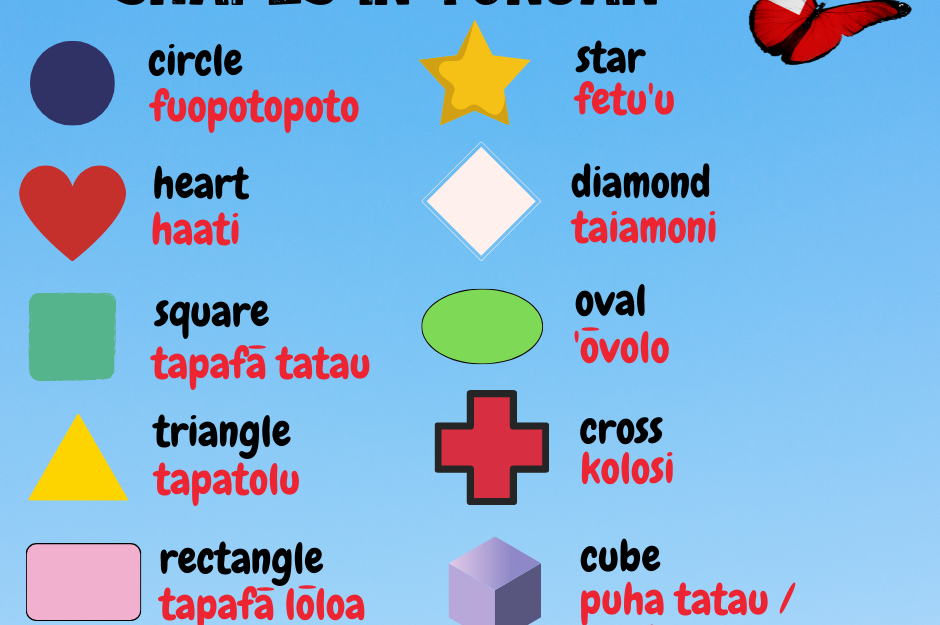
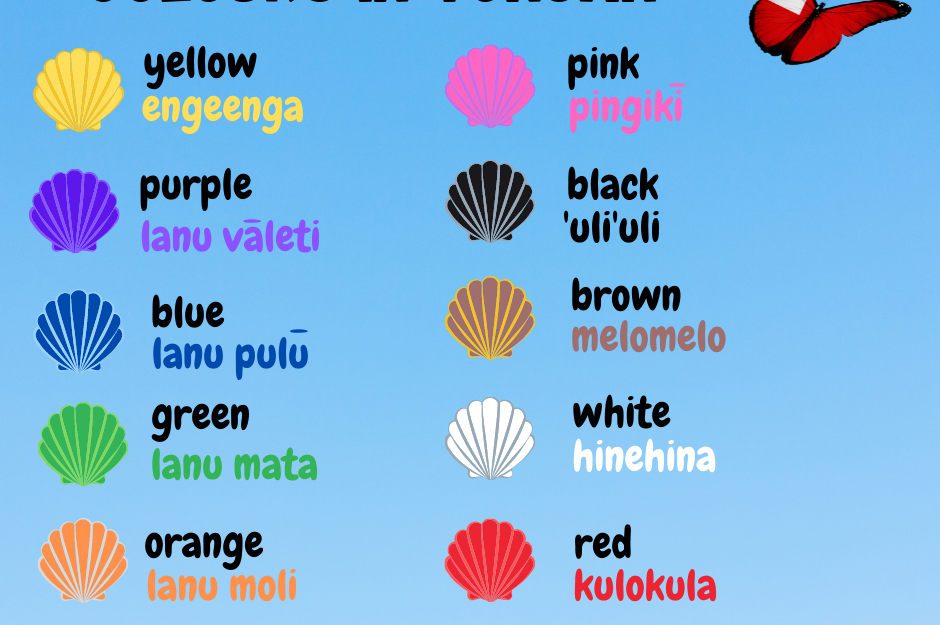

Recent Comments